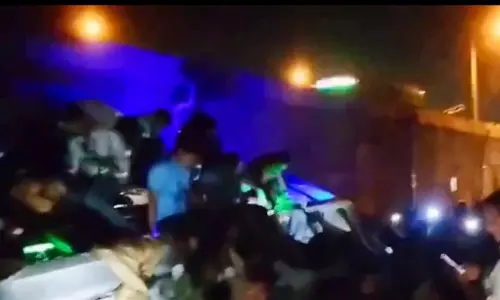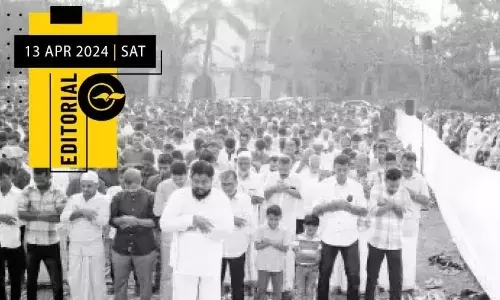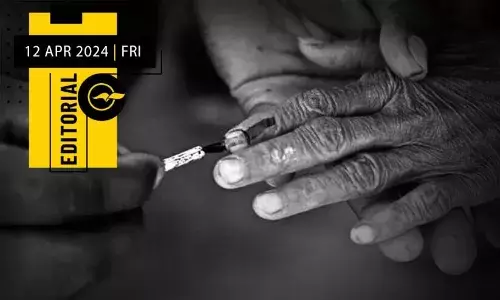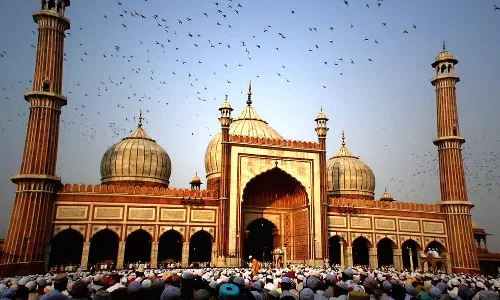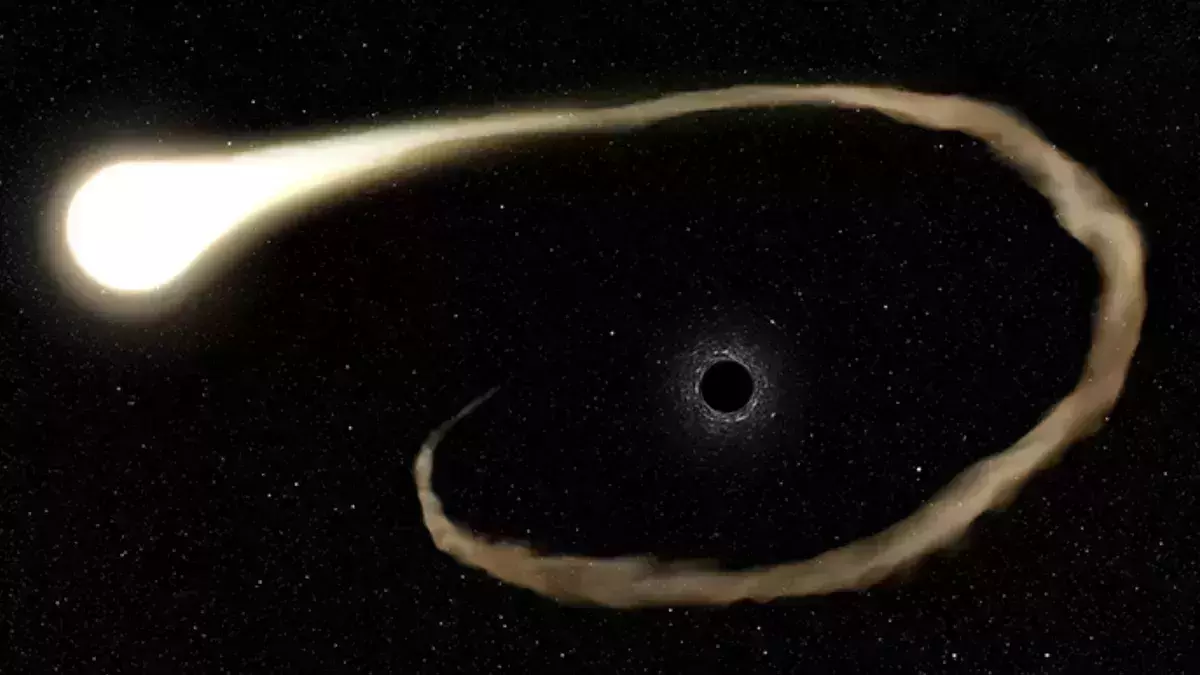
Hubble discovers a black hole twisting a star into a doughnut
text_fieldsWashington: NASA's Hubble Space Telescope has now recorded a star while it is being twisted into the shape of a doughnut by a black hole. Researchers were able to watch the star turn into a massive doughnut before being swallowed up.
NASA further said that such an event only occurs a few times in 1,00,000 years in a galaxy with a dormant black hole at its core. The star was nearly 300 million light years away from the black hole.
Usually, stars die by exploding after becoming a supernova. However, some stars do not get to run their course and cross the path of a black hole which has the gravitational pull to eat it up. NASA's scientists witnessed this particular star getting closer and closer to the black hole. The black hole slowly devoured the star's gases and ended it.
A star being devoured by a black hole is one of the most complex and violent events in space. It also emits a powerful radiation field. "The wording belies the complex, raw violence of a black hole encounter. There is a balance between the black hole's gravity pulling in star stuff, and radiation blowing material out. In other words, black holes are messy eaters," said the space agency.
Experts also used the telescope to examine UV light emitted by the star and broke it down to its constituent wavelengths to determine which had been absorbed. This helps to determine the type of components present and gather information on what is happening inside the event area.
"However, there are still very few tidal events that are observed in ultraviolet light given the observing time. This is really unfortunate because there's a lot of information that you can get from the ultraviolet spectra. We're excited because we can get these details about what the debris is doing. The tidal event can tell us a lot about a black hole," said Emily Engelthaler of the Center for Astrophysics, Harvard & Smithsonian (CfA) in Cambridge.








